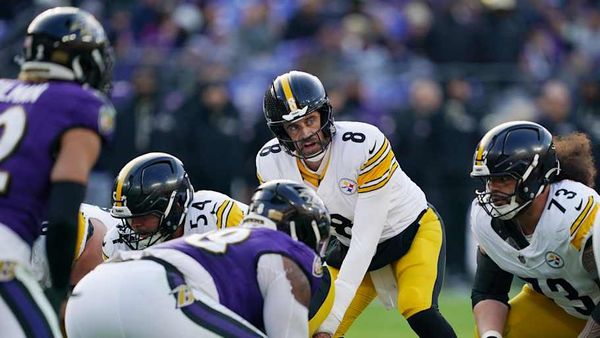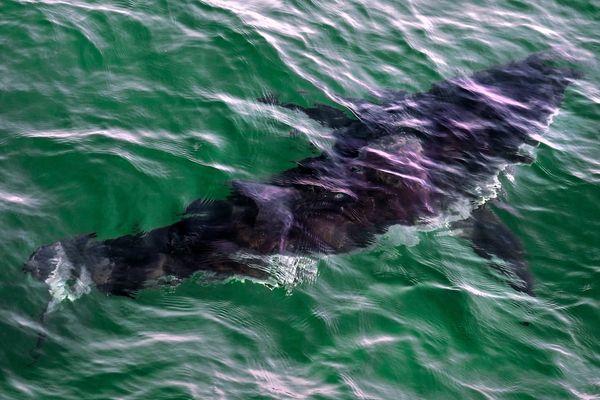
Axel Rudakubana, 18, on Monday pleaded guilty to the murders of three young girls – Bebe King, six, Elsie Dot Stancombe, seven, and Alice Dasilva Aguiar, nine – and the attempted murder of eight other children and two adults at a Taylor Swift-themed dance class in Southport last summer.
He also admitted producing the biological toxin ricin, and possessing a terrorist handbook about al-Qaida.
The guilty pleas have triggered a deluge of new information about the teenage attacker and how he had been known to the authorities before the atrocity on 29 July last year. It has also prompted searching questions about how the state failed to stop the attack – and whether there has been a cover-up.
Here we answer some of the key questions about the Southport attack.
What were the missed chances to stop Rudakubana?
Keir Starmer said unequivocally on Tuesday that the failure to prevent this attack “frankly leaps off the page”. He was referring particularly to the decision taken three times by Prevent, the government’s anti-radicalisation programme, that Rudakubana did not pose an extremist threat – a judgment that was “clearly wrong”, the prime minister said.
There are two crucial elements to these missed opportunities. The first is what was known by the authorities. The second is what they didn’t know – and ought to have known.
Rudakubana came on to the radar of a range of services in 2019 after experiencing increasing anxiety and social isolation. He was excluded from school in October that year for taking a knife into class. Two months later he returned and tried to attack pupils with a hockey stick. This was the same month he came to the attention of Prevent after being referred by an education provider; the other two referrals happened two years later, in April 2021.
During this same period, between October 2019 and May 2022, police were called to the family home five times due to concerns about Rudakubana’s behaviour. Each time they referred him to local safeguarding officials, who sought – with limited success – to get him back into education after an autism diagnosis. He completed a youth justice referral order in 2021 and stopped engaging with mental health services in February 2023.
Despite the involvement of all these agencies, and a knowledge that Rudakubana was violent and “obsessed” with genocides, he continued spiralling. Shut away in his bedroom, he spent hours researching extreme violence online. As early as 2021, he downloaded an al-Qaida textbook, which is banned under UK terrorism laws. A year later he began ordering the items to make the deadly toxin ricin. He bought weapons from Amazon using software to hide his identity.
It is not clear what, if anything, these agencies knew about his troubling internet use. Or how much they knew about the repeated involvement of Prevent. What is clear is that the dots should have been joined and professionals should, perhaps, have been more inquisitive about what was going on behind closed doors.
Why wasn’t more information about Rudakubana published until Monday?
The UK has strict laws on what information can be published about suspects in criminal cases before they go on trial. This is so the jury in their future trial – who are 12 ordinary members of the public – do not read or see anything that would allow them to pre-judge the case before it has been heard in full at court.
The Contempt of Court Act 1981 applies to everyone in the UK, including the prime minister and the media. It is designed to try to ensure that victims are able to secure justice and suspects can get a fair trial.
Rudakubana pleaded guilty to all 16 charges on Monday, meaning there would no longer be a jury to prejudice – and so information that had been withheld could then be published.
However, the strict application of this law has led to accusations of a cover-up, particularly over whether the government knew that Rudakubana had downloaded terrorist material at the same time as the public was being told the stabbings were not a terrorist attack.
Keir Starmer said on Tuesday he had been briefed about the ongoing investigation, which is not unusual given its national significance, but was prevented from revealing information as he did not want to derail the future trial.
Are the contempt of court laws fit for purpose?
Even the staunchest defender of the current system would concede that the UK’s contempt law, designed more than 40 years ago, has not kept pace with the digital world. Within hours of the Southport stabbings, false details were spreading online about the identity of the attacker. The claim that he was an Islamist asylum seeker who entered the UK by small boat took hold before the authorities could debunk it – helping to fuel the riots that followed.
A key focus now is on whether the government and law enforcement could have been more open with the public without risking the future criminal trial. Merseyside police took the unusual step of telling journalists the day after the attack that the suspect was not an asylum seeker, he had been born in Cardiff, and he did not have the name that had been widely circulated online. This helpful intervention by police was unusual and days later a judge agreed Rudakubana should be named, despite being days from his 18th birthday. This was almost unprecedented because under-18s in criminal cases are protected by anonymity in UK law.
Key information about Rudakubana remained under wraps, though, including the fact that he had been referred three times to Prevent, the government’s anti-extremism programme. Again, that is because authorities believed that revealing this detail risked jeopardising the trial. There have, however, been cases in which a suspect’s Prevent referral has been revealed before trial and not caused it to collapse. One example is the Islamic State fanatic who was convicted in 2022 of murdering the Southend West MP, Sir David Amess.
Are claims of a cover-up founded?
Starmer has strongly denied claims of a cover-up, insisting information was withheld only to ensure the victims could get justice at trial. Yet there remain questions about why there was a three-month gap between Rudakubana being charged with murder and 10 counts of attempted murder, which where announced three days after the attack, and two later charges relating to ricin and the terrorist material.
It is also understood that the Crown Prosecution Service (CPS) first sought permission to charge Rudakubana with the ricin offence on 15 October – two weeks before the charge was eventually announced. It remains unclear why there was such a delay.
It also remains unclear whether the government knew that Rudakubana possessed a terrorist document – as well as a range of other non-ideological violent material – when the public was told that the attack was not inspired by terrorism.
There may well be sensible reasons for all of these questions. But the fact they remain unanswered allows claims of a cover-up to continue.







